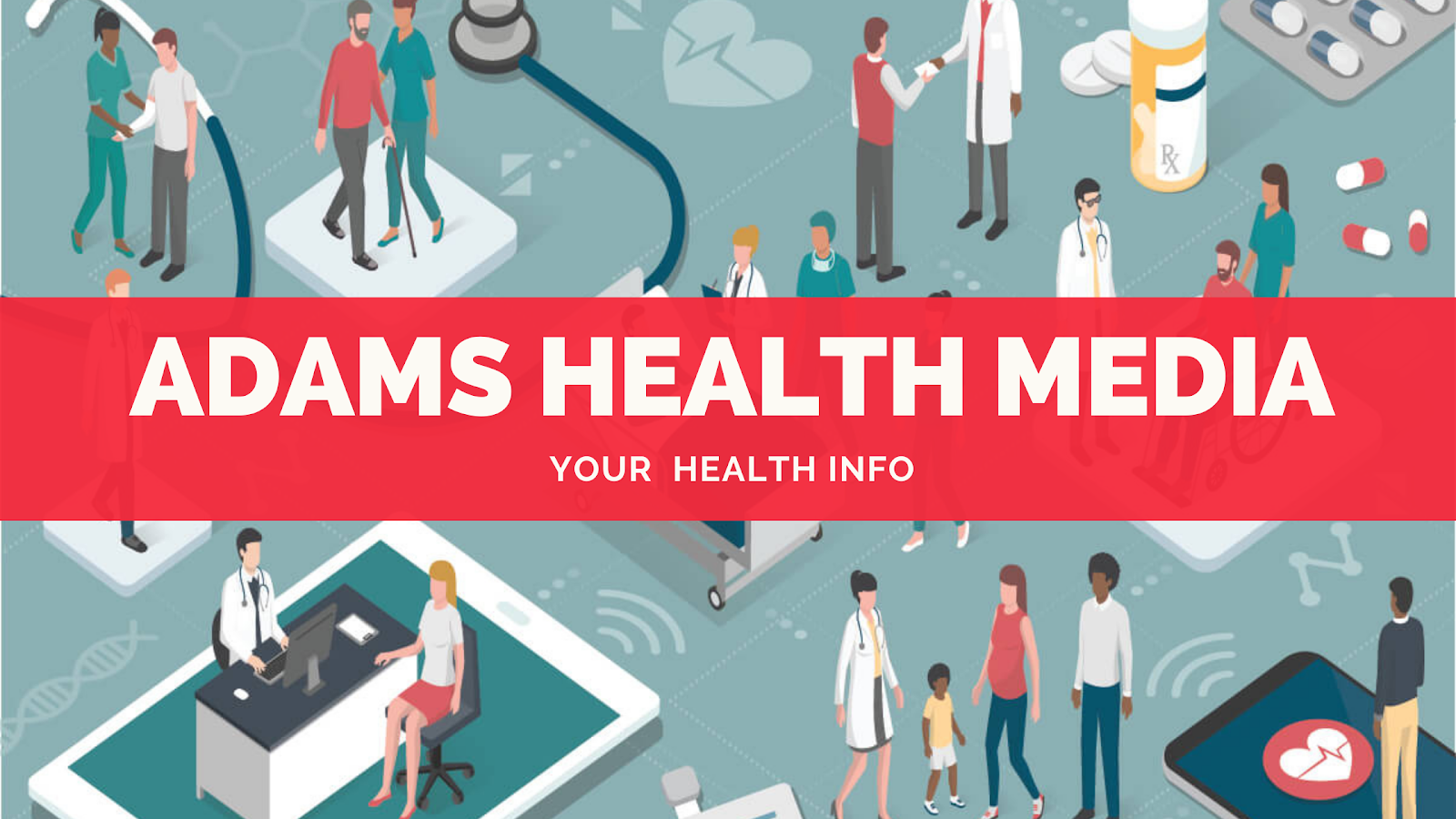WATERMELON
WATERMELON Watermelon is a staple fruit in sub-sahara Africa. It's widely planted and readily available in the market throughout a year. Though there is a great challenge of storage facility in Africa thus prompting the fruit to perish on the farmland and market. With the wide availability of this fruit, small percentage of Africans consume watermelon every day. This is so due to poor knowledge and ignorance of the health benefits of the fruits. Watermelon is unrelated to melon and takes its name from the fact that its fruit’s sweet spongy flesh is 90% water. Watermelons can be round or oblong and tend to be very large. Their hard skins can be striped or mottled, and range from golden yellow to dark green in colour. Their seeded flesh is usually pink or yellow Possible health benefits of watermelon Consuming fruits and vegetables of all kinds has long been associated with a reduced risk of many lifestyle-related health conditions. Many studies have sugg
